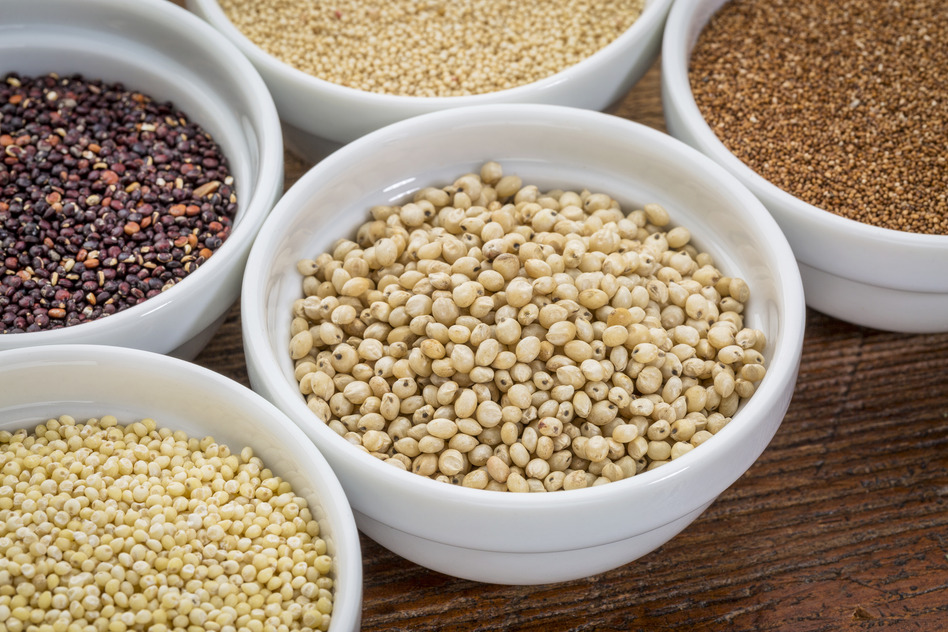Naturally Gluten-Free
Gluten-free diets have become very popular in the past few years, after popularization from various books and media outlets. Many people have jumped onto this diet bandwagon but gluten-free diets are only recommended for people with celiac disease or non-celiac gluten sensitivity. The diet does not provide any additional health benefits for people without gluten sensitivity. Celiac disease is an autoimmune disease where the ingestion of gluten causes an inflammatory response and damages the intestinal tissue. Consuming gluten causes a lot of pain, discomfort and bloating (among other symptoms) in people with celiac disease. On the other hand, some people have non-celiac gluten sensitivity. Gluten sensitivity causes symptoms similar to irritable bowel syndrome, where there is no immune response nor damage to the intestinal tissue. There are no diagnostic markers, therefore gluten sensitivity is typically self-diagnosed. The only treatment for these two diseases is to maintain a gluten-free diet for the rest of their lives to avoid the symptoms.
Gluten is the umbrella term for storage proteins found in wheat, rye, triticale, and barley. Gluten includes proteins gliadin and glutenin, which are the proteins that the immune system reacts to. In celiac patients, their immune system identifies the proteins as foreign bodies and attacks them (similar to an allergic response, but more severe). Unfortunately, the intestine is also affected and can become damaged, which causes inflammation and pain. Gluten is what gives breads their soft and elastic characteristic. You may find that gluten-free products tend to be dense because they don’t have that ability to leaven. Foods that normally contain gluten include breads and pastas. Gluten is sometimes found in other processed foods because wheat flour may be used as a food additive.
With the popularization of this diet, more people are eating gluten-free which means that food services needs to be aware of these dietary restrictions. Gluten is found in many products, but there has been development of gluten-free flours that can replace wheat flour. These gluten-free flours are often a combination of different starches that mimic the properties of wheat flour. Another option is to explore naturally gluten-free foods such as rice, beans, potatoes and other starches (that often make up gluten-free flour). Turning to these naturally gluten-free products leads to new recipe development and trying new foods. There are many options available for gluten-free diets, and this opens up a world of delicious alternatives that are often overlooked. Making these gluten-free alternatives in your own kitchen will also allow control over wheat additives being accidentally added to the foods.
Burlodge Refresh is a program that features simple recipes using fresh, local ingredients that can be made in their retherm equipment. Many of these recipes are naturally gluten-free such as their salads, frittatas and vegetable side dishes. In terms of starch sides that normally use wheat, consider choosing rice or other gluten-free grains like quinoa. The refresh cookbook includes recipes for basmati rice recipe and a rice pilaf. Rice could also be stir-fried with vegetables or cooked into a risotto. Starchy vegetables and tubers (starchy root vegetables like potatoes) also make great sides. Potatoes are most commonly used and are extremely versatile but there are many others out there such as yams, taro, squashes, jicama, and cassava. Some potato recipes in the refresh cookbook include: breakfast hash, cajun potatoes, mashed potatoes, rosemary roasted potatoes, savory smashed potatoes and twisted scalloped potatoes.
What are some gluten-free strategies that you use in your kitchen? Please share them in the comments!

